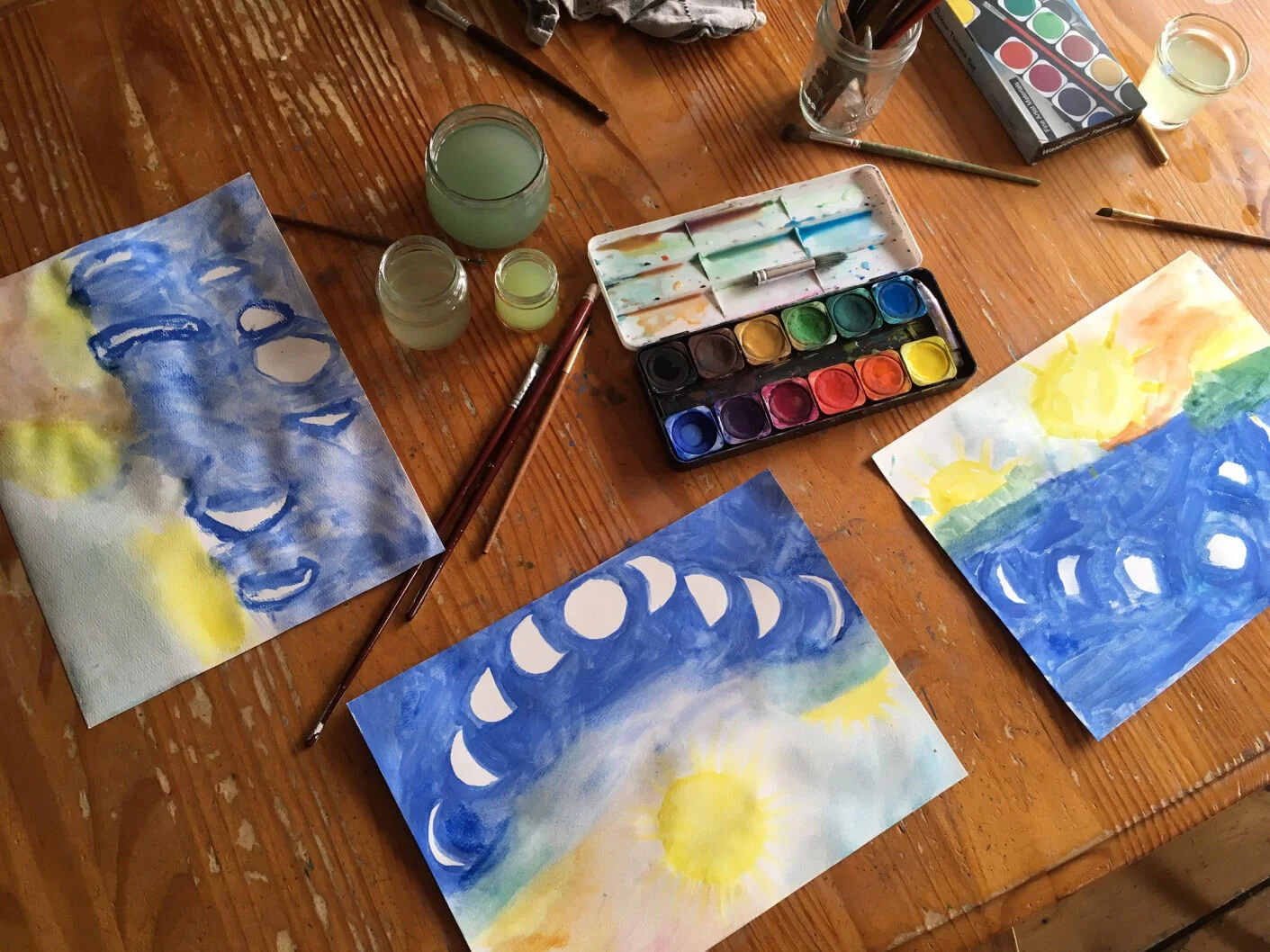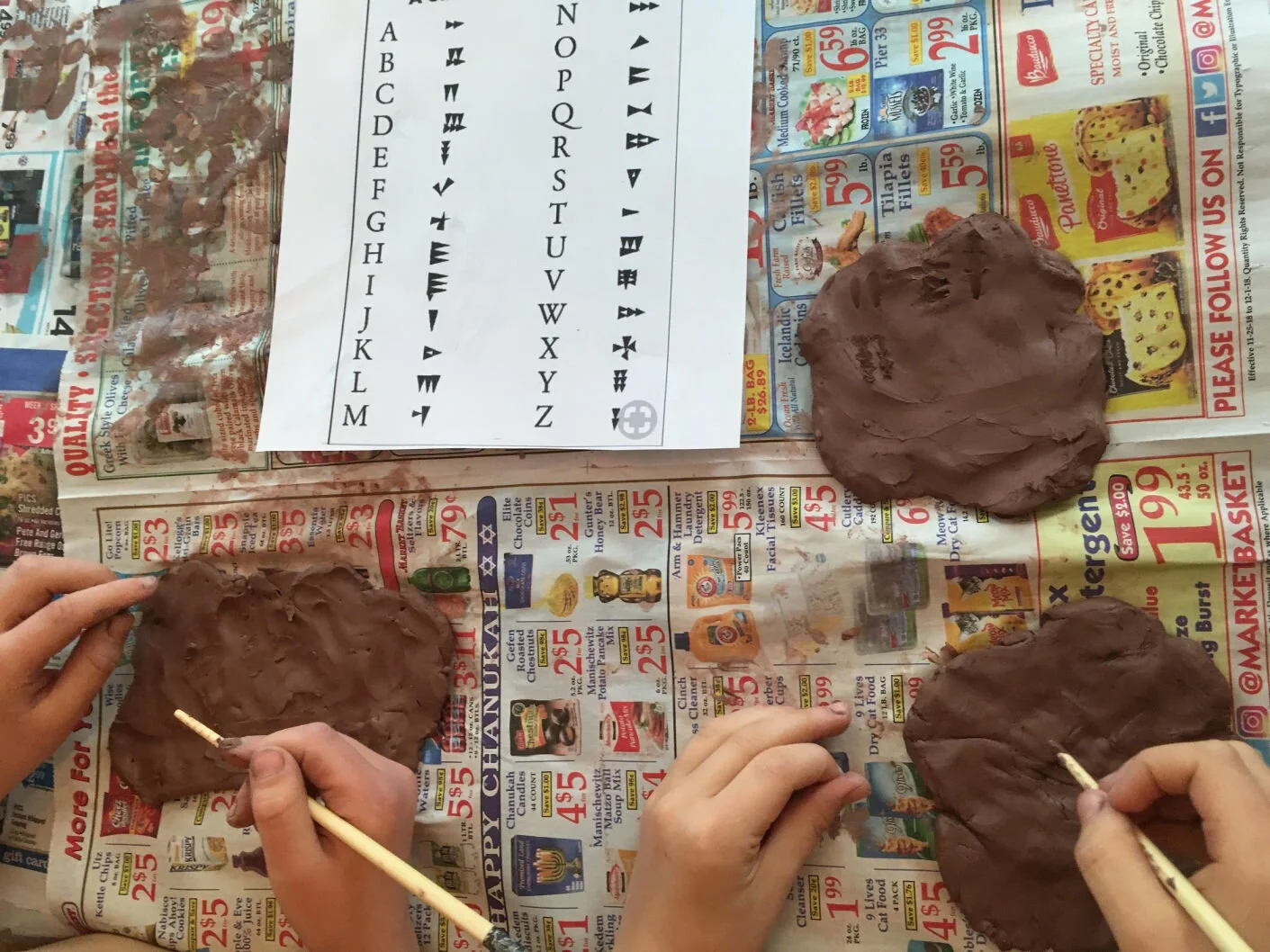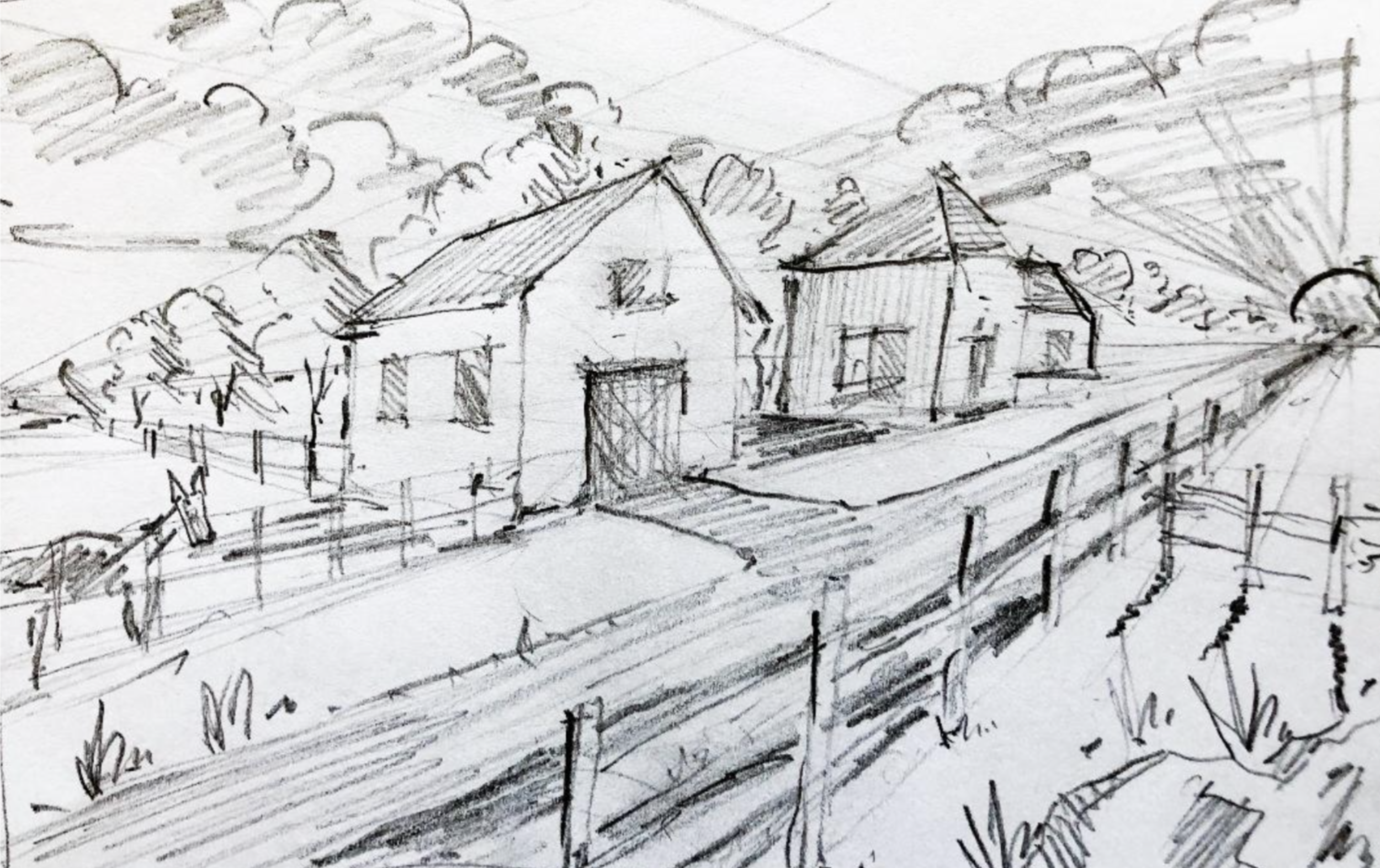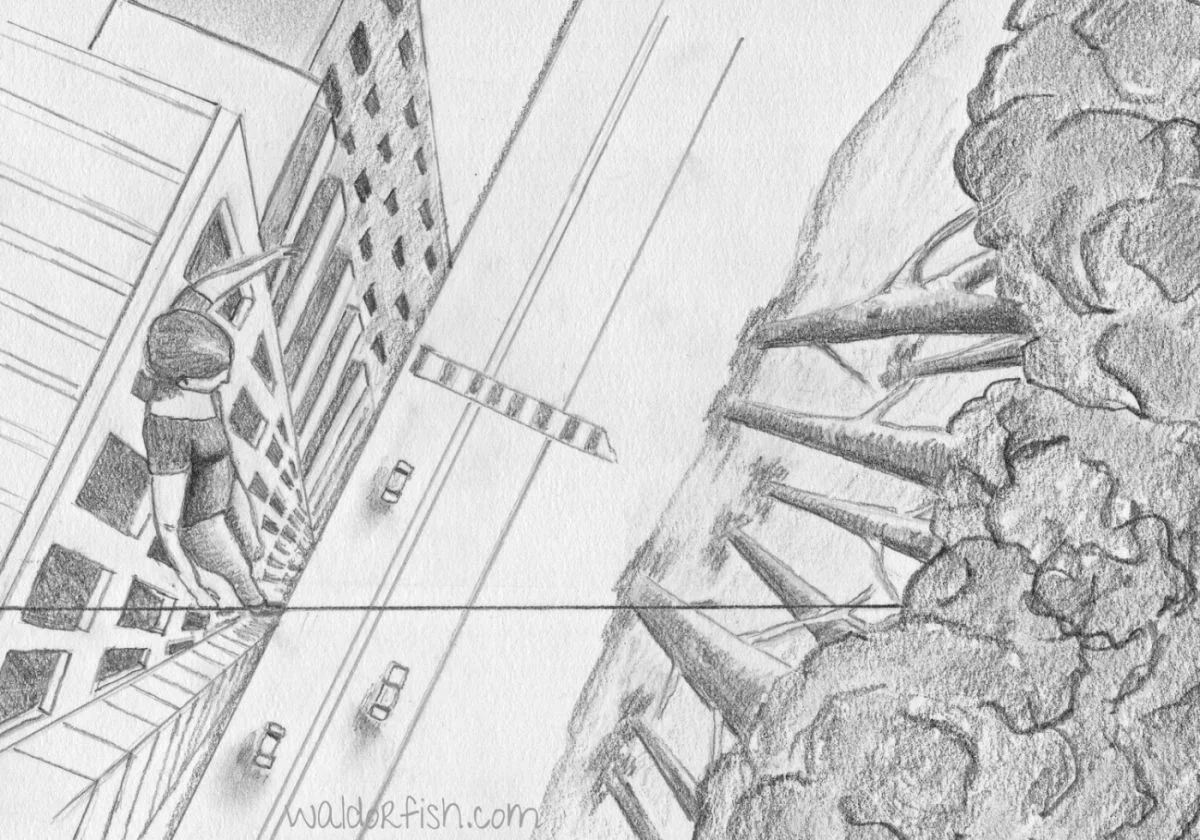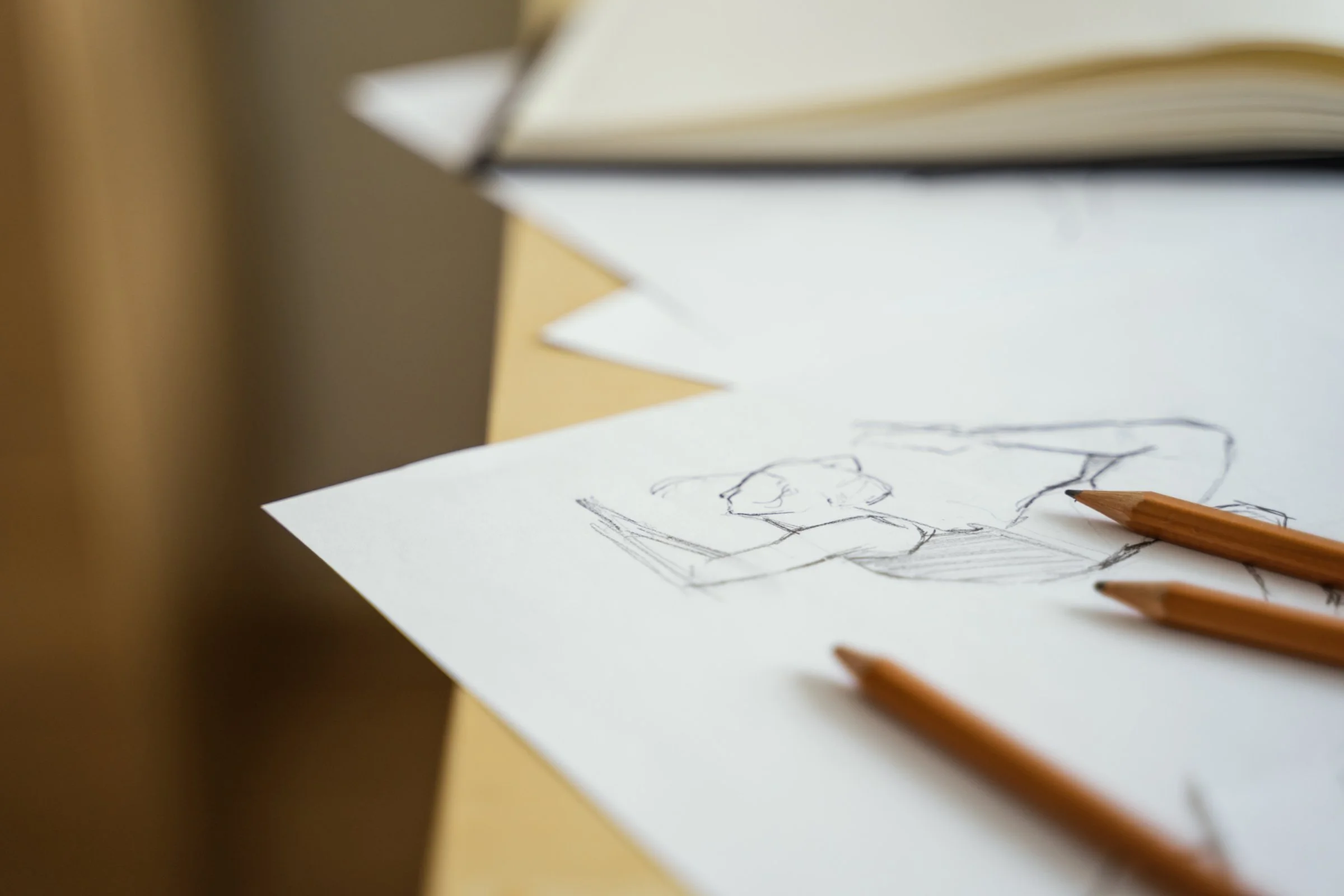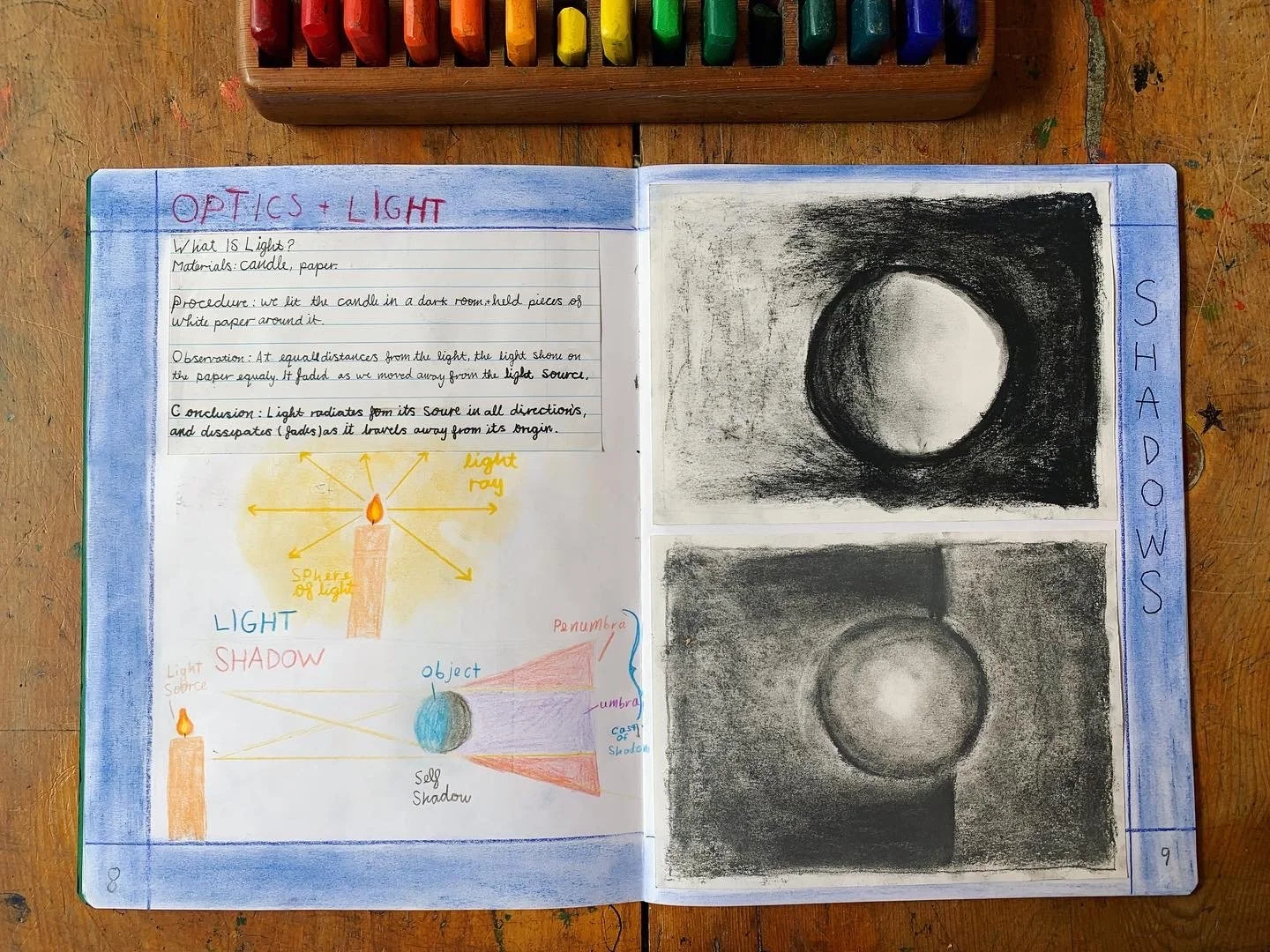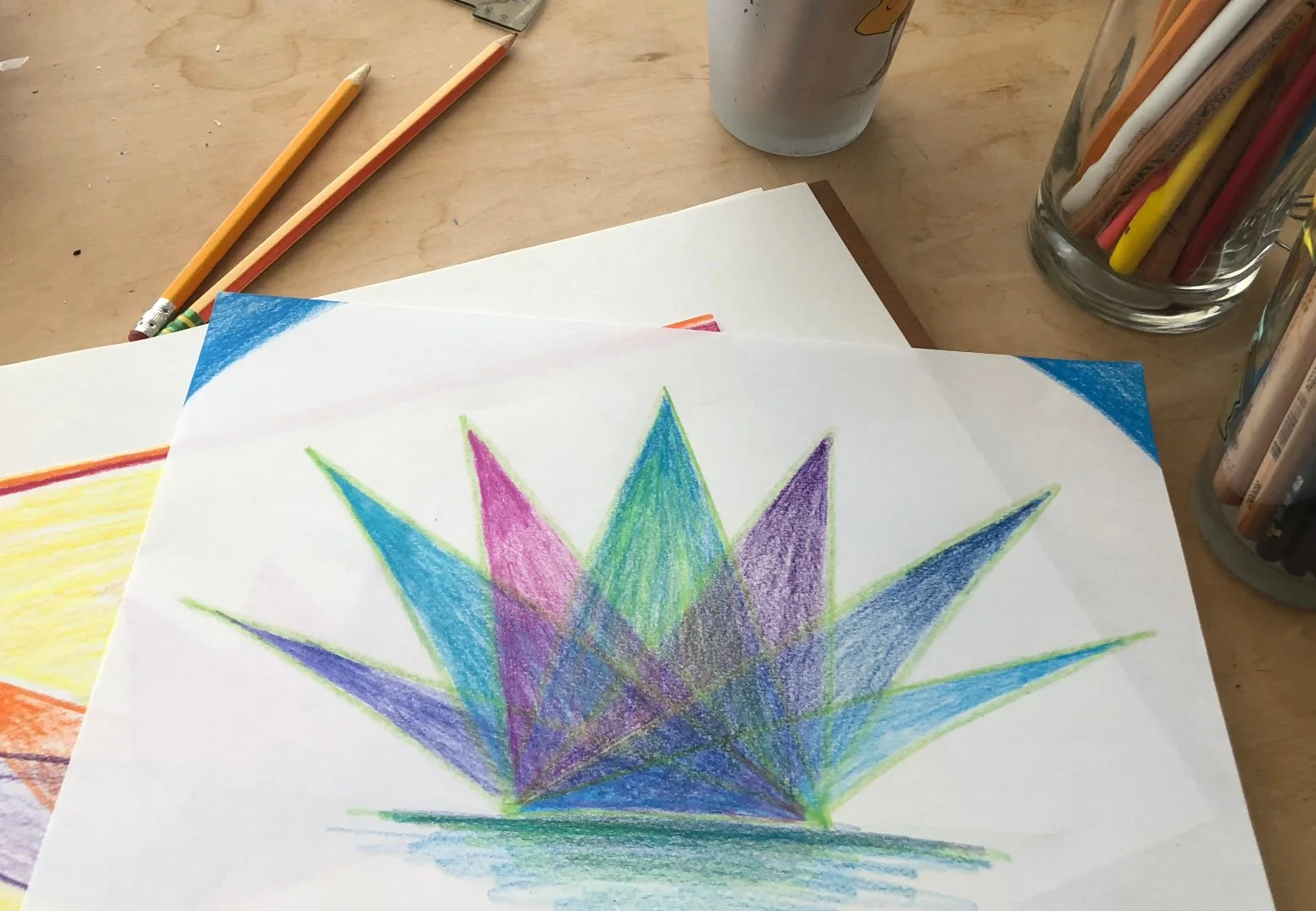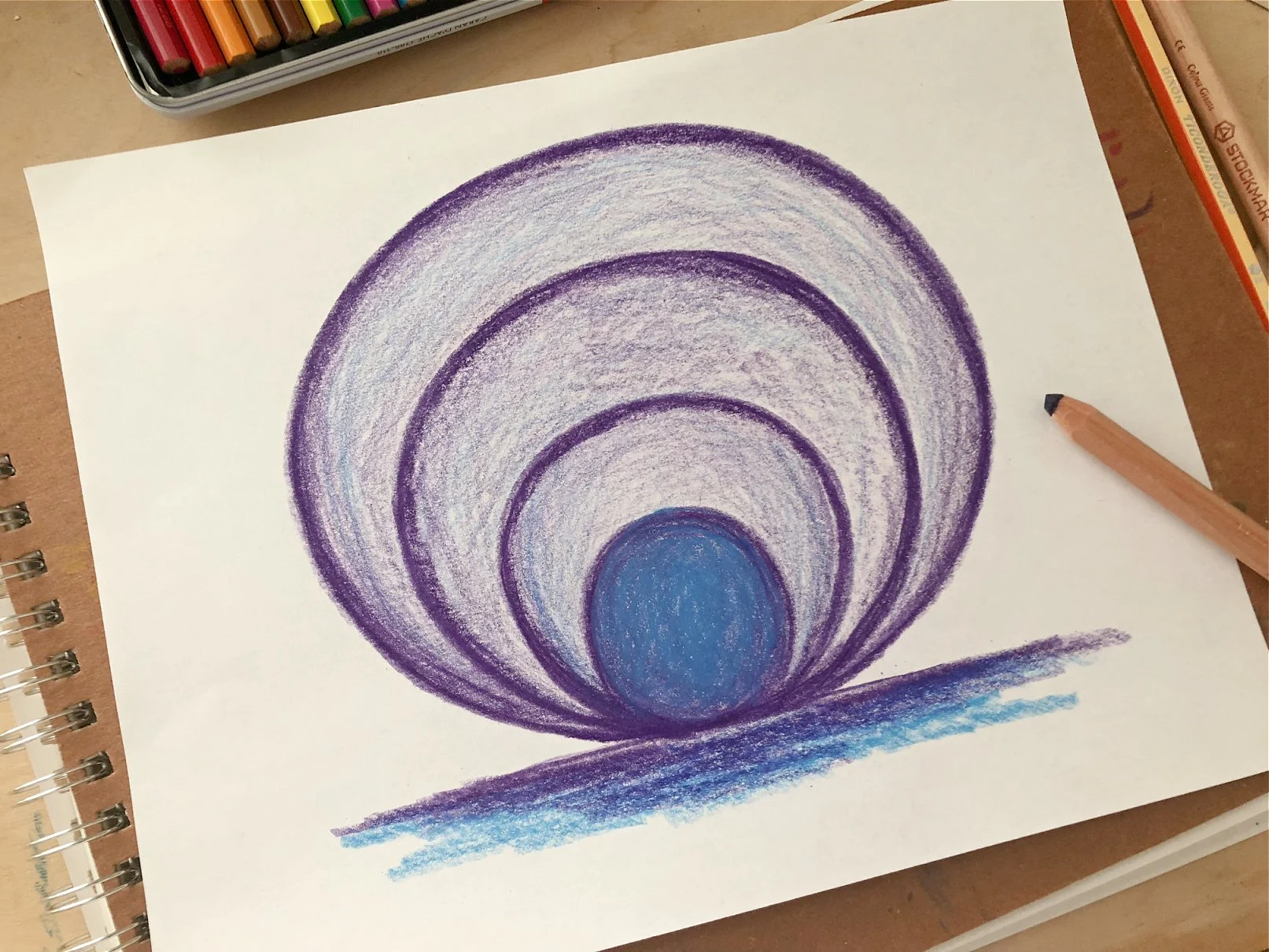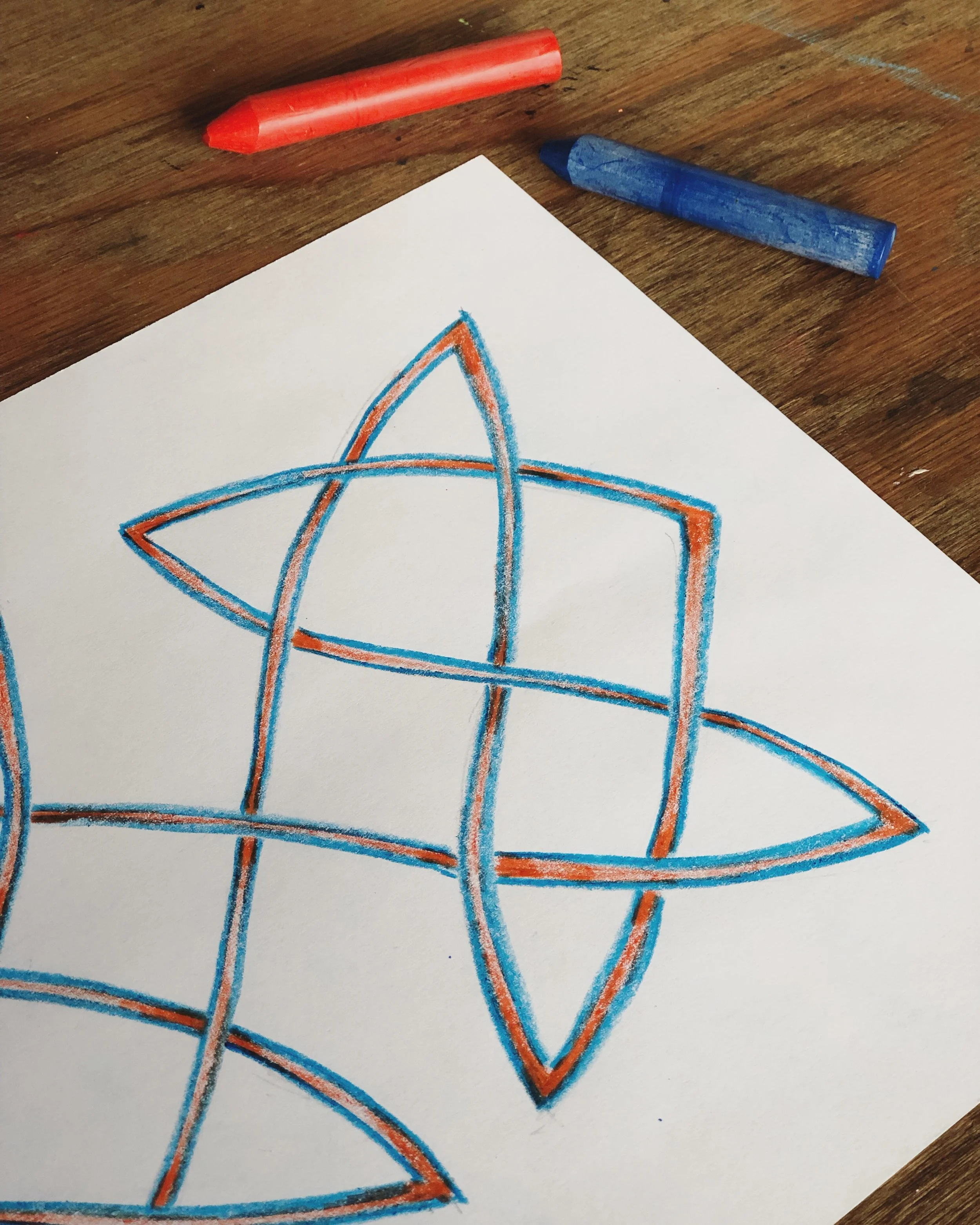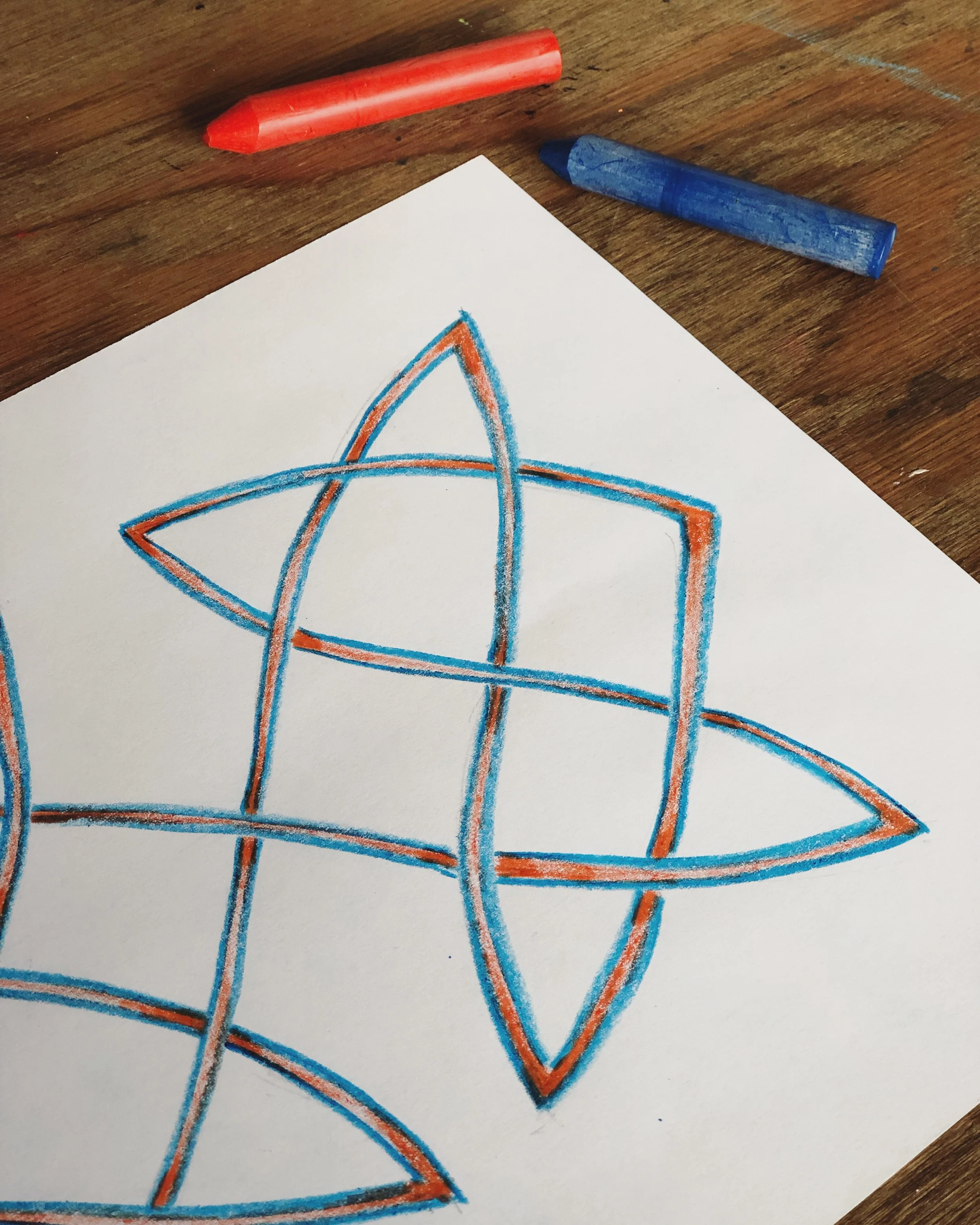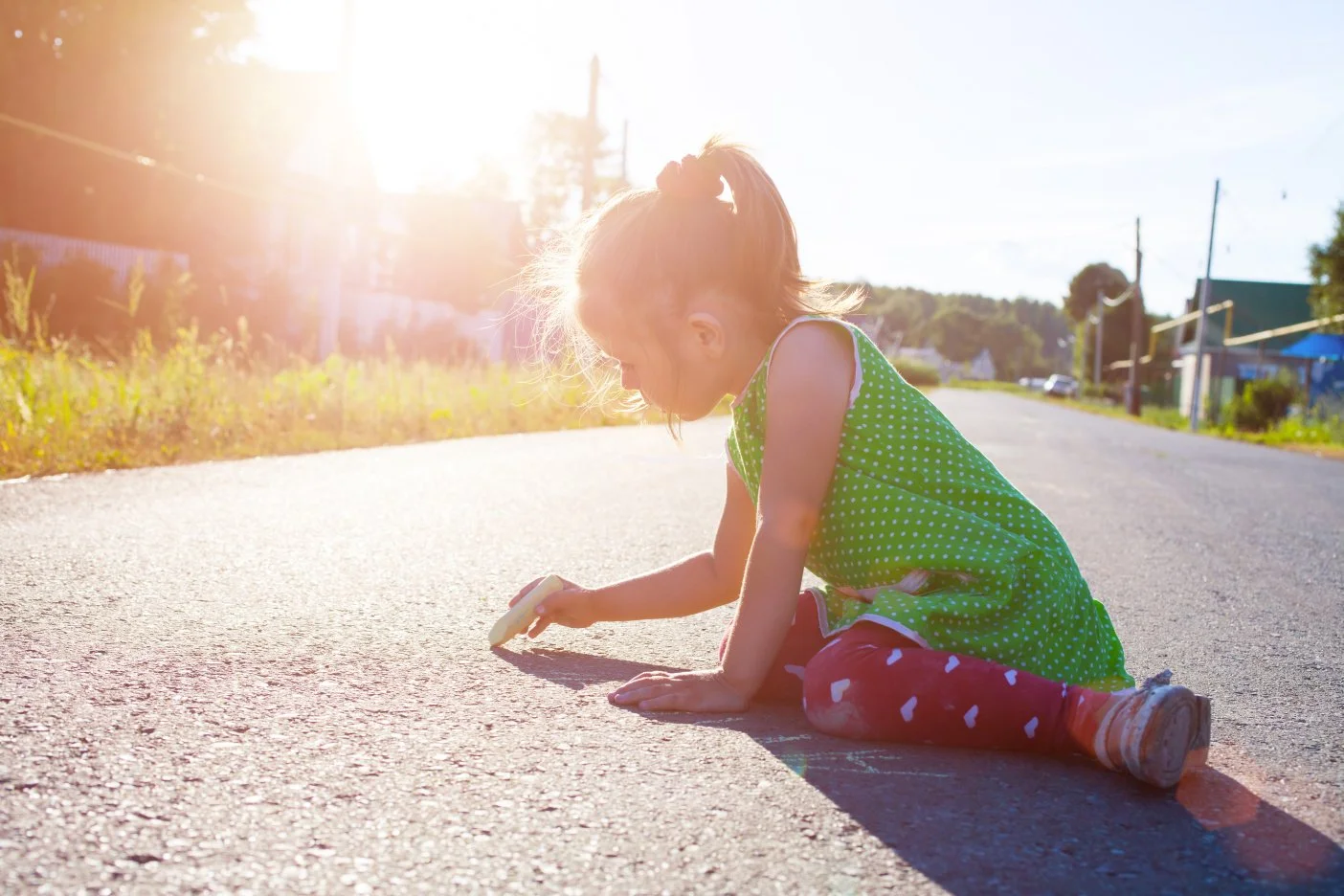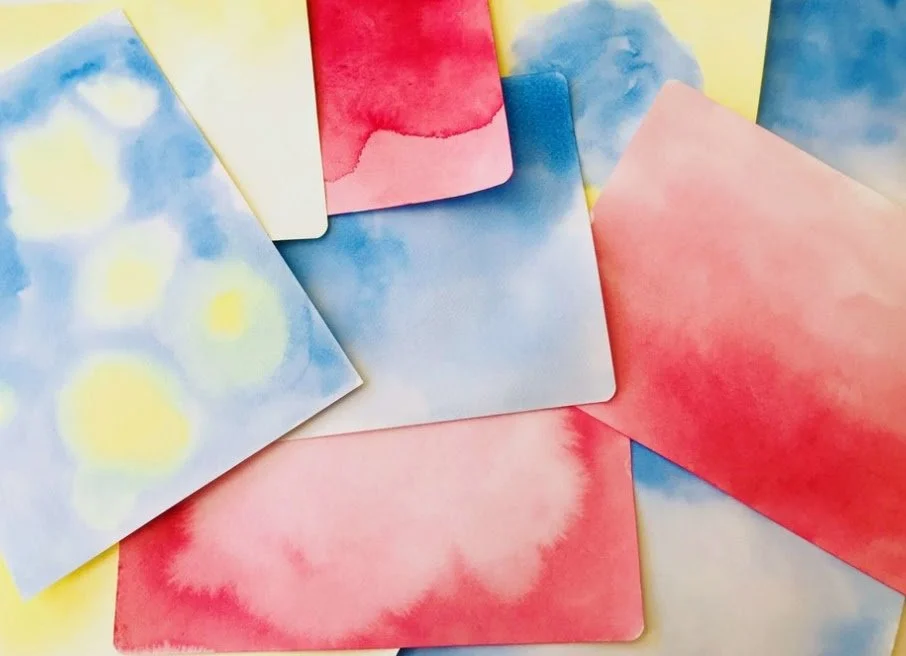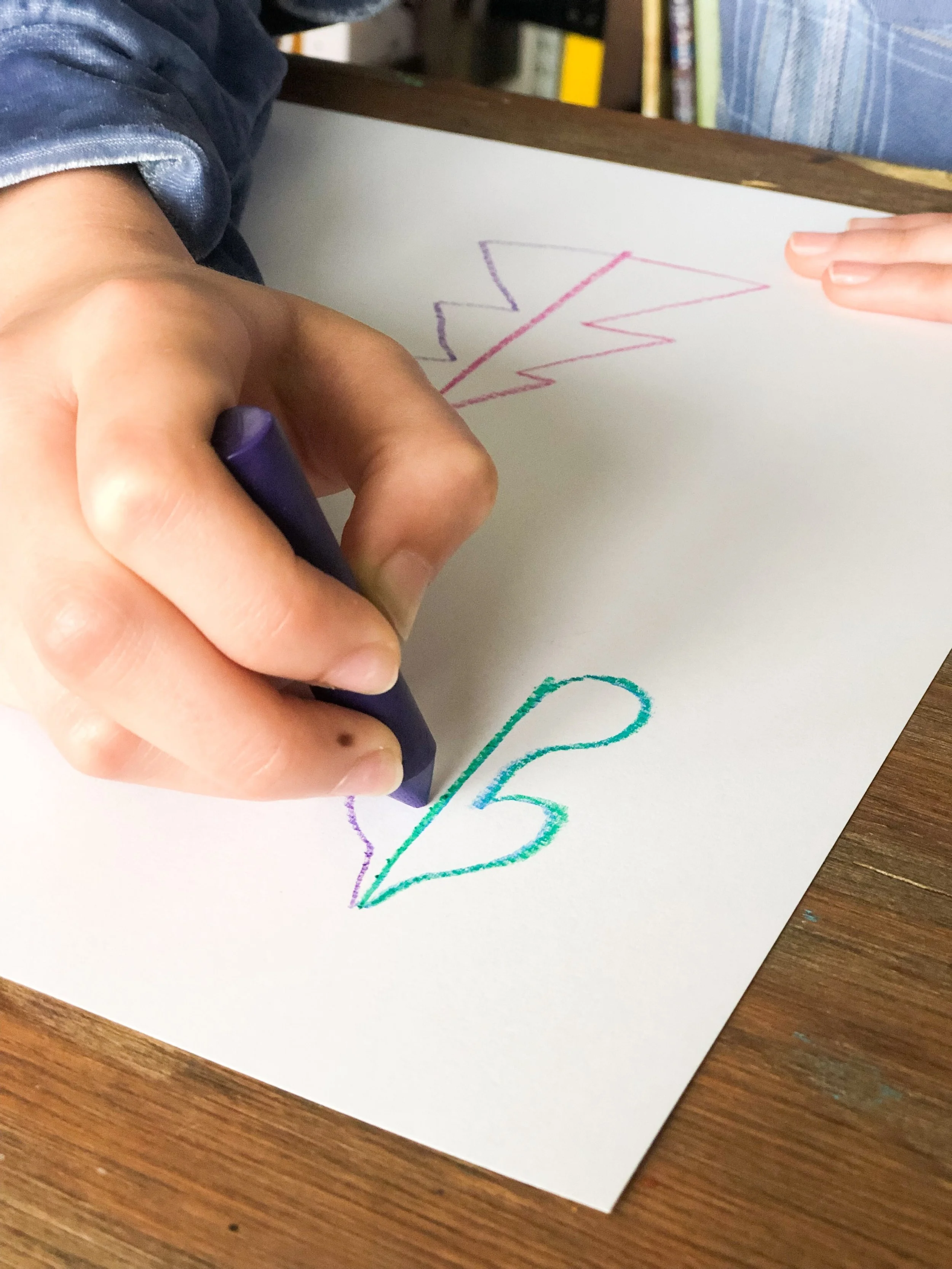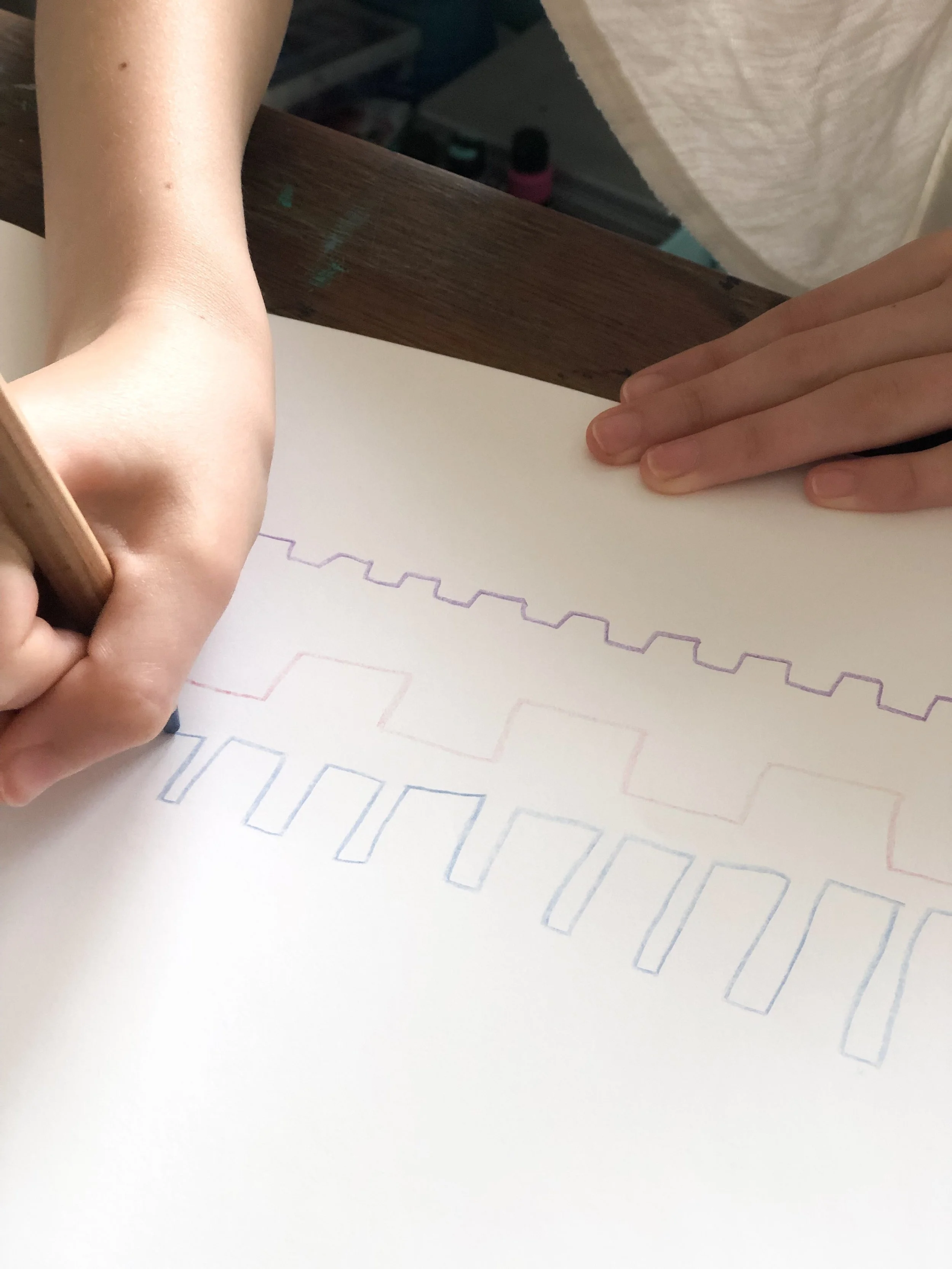
Waldorfish Blog
Waldorfish Tricks and Treats!
If you’re looking for a candy-free option to hand out this year - or perhaps just a fun addition to attach to the candy you already have planned for your neighborhood friends - here’s the perfect option!
Click here to download and print your free treats! (*Now expired…check back next year!)
These can be printed to fit perfectly on Avery 8164 labels if you’d like to use them as stickers, and on regular 8.5 x 11 printer paper or cardstock as well.
*Thank you to our friends David and Lisabeth at Sparkle Stories who originally inspired this idea!
*P.S.
The free lesson is a watercolor lesson - you could hand these out in combo with a paintbrush!
Waldorfish Families - Cheyenne Patterson
Every few weeks on the blog, we spotlight a Waldorfish community family. You are a diverse and global group! We’re pretty sure you’d be bff’s in real life. Today, please enjoy our conversation with Cheyenne Patterson!
(And don’t forget- we’re here for you! If you’re like some support in your homeschooling journey, click here!)
TELL US ABOUT YOURSELF!
I'm a homeschooling mom to Renzo 11, Tre 9, and Penney 6, and wife to Joel. I have always felt like a bit of an anomaly as a super crunchy, health food store owning, Waldorf loving, ballet dancing, artsy, creative, Christian.
HOW DOES YOUR FAMILY START THE DAY?
Our mornings are slow and quiet, the most the peaceful time of day for sure! We are a late family, between the late night dance classes and performances and my husband working late at our store, we tend to do late dinners and late bedtimes. Thankfully the kids are really great at playing quietly or reading until everyone is up and ready for activity. Some mornings we make a big breakfast, but I’ve also gotten the kids in the habit of making their own breakfast on the mornings that I juice. Then we gather to make our plans for the day.
My kids really appreciate a written list of expectations for the day, including both school work and chores. This is also the time of day that we go over any outside-the-home-plans or activities. For years, we would then move on to circle, but as my crew is getting older I’m struggling a bit to settle into what works. We seem to be transitioning to a singing and devotional time for everyone, then first grade movement or song, which my boys surprise me just often enough by jumping in and wanting to join in!
GIVE US A SNAPSHOT OF ANY MANAGEMENT/ORGANIZATIONAL STRATEGIES THAT ARE HELPING YOU FLOW THROUGH YOUR HOMESCHOOLING DAYS.
This year I’ve got three kids in the grades, and although it is different than the year of juggling babies and toddlers with school, it is still a juggle all the same! I find the more we can combine lessons and find overlap the smoother our days go. My fourth grader is equally passionate about ancient history and sciences as my sixth grader, so I only need to alter the length of their writing assignments.
My daughter, on the other hand, really needs her time with fairy tales and the foundations of academics, so I have to be careful to fill her bucket. As far as organization, I have tried quite a few methods. Last year, I printed out everything we would need for the year from various curriculums and online resources, and had my own open-and-go curriculum. It was, in many ways, lovely, but I still tweaked it and rearranged it so much that I'm back to my tried and true classic of just making lists.
The lists for first grade are simple, lists of letters with stories and ideas, lists of math games, lists of read alouds and handwork and art projects. For the boys there are lists of books and projects for each block. Then I have always kept a very informal mental check list for full school days to includes the three R's (reading writing and arithmetic) and something beautiful. If the three R's aren't covered in main lesson, then we will cover them in short independent review for my older ones, and in games or songs in the younger grades.
Using lists works well so that school can happen around living life. We can enjoy good weather days and say yes to field trips and spontaneous play dates without feeling behind or like we need to rush through lessons to catch up. If the next lesson is a three day project but it’s a Friday, we can just pick a different shorter lesson, we don't lose momentum just because we aren't ready for the next thing.
The last thing I utilize that helps keep us going, is planning for the times that I can't be the awesome hands-on teacher that I like to be. They do review days with independent work like math, spelling or cursive copy work books, piano apps, art lessons and math games.
“The goal is that school fits into our life and gives us structure when needed rather than force our life around a school schedule.
”
WHAT ARE SOME OF YOUR FAVORITE RESOURCES? (HOMESCHOOL OR OTHERWISE)
Oh I have so many favorites! As someone who doesn't tend to stick to curriculum but loves reading it for ideas, it’s probably no surprise that I love buying individual blocks from places like Hearth Magic or Ancient Path on Etsy, or blocks from a Waldorf Journey or Magic of Waldorf.
I’m a big fan of the mathbyhand.com Times Tables and Fables Kit, the Living Music from the Heart for recorder, and Out Door Secrets from Simply Charlotte Mason. I always enjoy pursuing book lists from Waldorf and Charlotte Mason curriculums to find the best books. And of course, I love the inspiration from other moms on social media, but I’m not sure I’d be able to do this at all without my real life, in person, homeschool mom friends! I’m also very grateful for the Earthschooling curriculum for such a broad selection of stories for each grade which really brought a sense of freedom to our home school.
WHAT ARE YOU CURRENTLY READING?
I’ve always got a more challenging classic going that I'm half listening to on Libervox - right now it’s Anna Karenina by Leo Tolstoy, which will take me a full year. I’m also reading The Girl with the Pearl Earring by Tracy Chevalier, and I found a 50 cent copy of Beyond the Rainbow Bridge by Barbara J. Patterson and Pamela Bradley that I am enjoying, even though my kids are past this stage. I was wanting something Waldorfy after reading The Brave Learner by Julie Bogart and Mere Motherhood by Cindy Rollins this summer. As a family we are reading Rosemary Sutcliff’s The Odyssey and Swallows and Amazons by Arthur Ransome, I highly recommend both! I just started A Mathematician’s Lament by Paul Lockhart and it’s so great! A must read for any educator!
WHAT DO YOU DO WHEN YOU ARE OVERWHELMED OR STRESSED?
When the overwhelm comes I know it is time to slow way down with school and outside-the-home commitments. It’s a balance because sometimes the overwhelm comes from needing to catch up on house work and adult work, and so it makes sense to put everything on pause to get those caught up. But other times the overwhelm comes from business, and I find creative pursuits and time in nature and daily time in prayer and meditation are such a good antidote to business. I also feel very blessed to be able to take about 5 hours a week of ballet and modern dance classes and it’s so nice to have that built in time to be totally in my body.
PLEASE SHARE SOME WORDS OF WISDOM YOU'VE GLEANED OVER THE YEARS.
There are always those new stages where it is really tempting to think, "Wow my kid is so big, it’s time to really hit the books," or "This school year has got to be really rigorous". But I keep coming back to the idea that school needs to be fun or we are doing it wrong, and it is just as true in sixth grade as it was in kindergarten. Leaving breathing room is paramount both for creative teaching, to stay aware of the climate in our home that is set by our attitudes. It is far more important to prioritize relationships and character.
TELL US A BIT ABOUT HOW WALDORFISH COURSES ARE ADDING TO YOUR SCHOOL YEAR. READY....GO
So far we have enjoyed the Waldorfish courses that are a part of the Earthschooling membership. Waldorf art was such a game changer for us, especially for my oldest who was so afraid of making a mistake that he wouldn't write or draw or paint at all.
“The course on block crayons showed me how to teach how forgiving drawing could be. I’m so glad I didn’t give up, and that we found the Waldorf arts - that I found something that teaches art as a skill that can be improved. ”
My sons are finally really happy with their art, so we are now working our way through the courses again as a family but this time with little sister joining us!
WHERE CAN WE CONNECT WITH YOU?:
Instagram: @cheyenne_and_crew
Related Content:
Perspective Drawing - Art in the middle grades
Teaching perspective drawing to seventh graders has always been a highlight for me.
This is one of those magical moments where the curriculum meets the students everywhere they need to be met.
Thirteen year olds are always right.
Just ask them ;)
A seventh grader is desperately trying to form his or her own point of view and beginning to understand that we all see the world through our own, unique lens. The most important concept of perspective drawing is the establishment of point of view. In perspective drawing, the artist must constantly ask "how would this look from my perspective?"
(Looking for guided support teaching this subject? Our course, Weekly Art Diving Deeper includes a series of step-by-step Perspective Drawing Lessons!)
The Horizon Line
The horizon represents the limit to how far the eye can see, assuming we can look beyond the buildings, trees, and mountains that might be in the way. In perspective drawing, the horizon is a straight line that establishes the "eye line" or point of view of the artist. In reality, we know that the horizon is not straight because the earth is round. We draw it as a straight line because that's how we perceive it. (More on perception versus reality later)
It's fitting that a seventh grader should grapple with the idea of learning to understand the world between him/and the flat horizon which, in turn, begs the questions: "What's beyond the horizon? and... Isn't the world round?"
Depth, distance, and creating from a certain point of view: this is perspective drawing!
Vanishing Points
In the sixth grade, students are often satisfied with isometric three dimensional drawing. All of the lines of an isometric box are parallel. It looks real! Life gets a little more complicated in 7th grade, however, as the students move farther away from the simplicity of childhood. The typical seventh grader begins to question everything (especially the teacher!).
When it comes to teaching perspective drawing, I like to teach by asking questions. "If the sides of this cardboard box are equal in length and parallel in real life, why do they look like they're getting closer together as they go off into the distance?" Soon they discover that straight lines going into the distance appear to line up with vanishing points on the horizon. Now they are ready to construct rules for drawing the world as it appears to us.
On more subconscious level, there is another phenomenon at play. As human beings, we can venture beyond the horizon in the physical world, and we can explore the depths of our inner selves. The vanishing point on the horizon mirrors the vanishing point inside each human being. Interestingly, both the horizon and the vanishing points are not fixed.
They are simply boundaries placed by the artist based on his or her unique perspective at a single moment in time.
Art as metaphor for life.
Why not try drawing from a different point of view?
Perception vs. reality
I love taking seventh graders through this journey of building a set of rules to create reality and then realizing that we need to keep bending the rules when a new piece of information is introduced.
"Why does it seem like there's more than one vanishing point?"
"Why does it seem like all the vanishing points change in reality when I move my eyes?"
"Is there really a point out there?"
Some students are happy to live inside the set of rules for perspective drawing and some edge closer to the idea that this set of rules is a convention that humans created. It's a method of taking our visual perception of the three dimensional world and putting it onto a two dimensional surface in a way that accurately represents the artists point of view at that particular moment in time.
The process is akin to learning a language in order to express your point of view. It's all the more valuable if our students can be guided towards developing this set of rules on their own. As they work with the drawing exercises, I encourage you to try not to give in to the temptation of TELLING them what they are experiencing. The questions that lead to the rules will naturally flow out of them if they are given many opportunities to EXPERIENCE the drawings!
—> Download Brian’s teaching notes, from his Perspective Drawing course for teachers at Rudolf Steiner College:
Content related to the middle grades:
Waldorf Form Drawing in Grade Four
Now that we reach fourth grade in this progression from first grade, we find that the wholeness has separated into parts.
(*Didn’t read the last post? No worries! Find out more about third grade form drawing here!)
The fraction is an archetype for fourth grade.
The teacher leads the child to experience the fraction and return it to the whole. Just so, woven forms provide the same journey. Woven forms are perhaps the most recognizable elements of Waldorf form drawings, though the woven form has been an artistic theme in various cultures for millennia.
A beautiful woven form creating with crayons.
Fourth grade forms
With the woven form, we take the line and fold it back onto itself, perhaps even with multiple lines. We create a beautifully ordered knot. We weave a fabric. To render this in a drawing requires us to fragment the whole line into many different line segments so that we give the impression that the line has indeed woven itself over and under, over and under. We take the one line and divide into many fractions, but we arrange those fractions so that there is a new one-ness realized. Whether these woven forms are arranged in circular, triangular, or rectangular fashions, there is almost always an inherent geometric foundation evident in the whole.
Likewise, we can also take basic geometric shapes and explore an ordered division of their spaces so that we create equivalent fractions that are both beautiful and true. Each of these free-hand form drawing activities bring us ever closer to an experience of pure geometry. It is important to allow the student to struggle with the realization of these forms with the freehand approach first. Allowing the child to struggle with crawling, standing, and walking builds valuable will-forces that serve the human being throughout life. So too the struggle with geometric forms is a valuable learning experience that builds powerful inner faculties.
Rudolf Steiner urged the first Waldorf teachers to awaken “what will become geometry later—but first, one should keep it all in the realm of freehand drawing.” (Lecture 10, Practical Advise to Teachers).
The drawings and activities of these fourth grade form drawings have their own intrinsic value and can fill a lifetime of exploration in and of themselves. However, as a step on the curricular path, they are also leading toward the fifth grade year of freehand geometric drawing.
Grades 1-4 Form Drawing are OPEN for enrollment.
Related content:
Looking for something?
Welcome to Waldorfish! We started this adventure in 2012 out of a desire to make Waldorf training more accessible to class teachers in remote locations and to homeschooling families everywhere! Read more, click here.
WE WON! Our Weekly Art courses were voted “best interactive art program.” Learn more about the award, here.
A few of our most popular blog posts:




